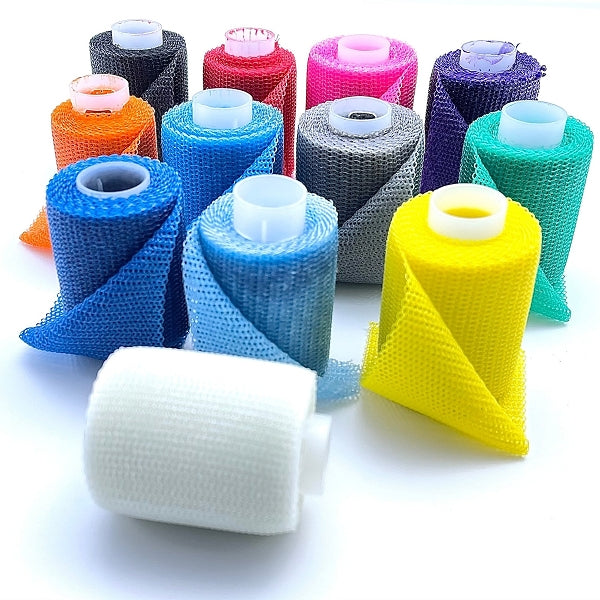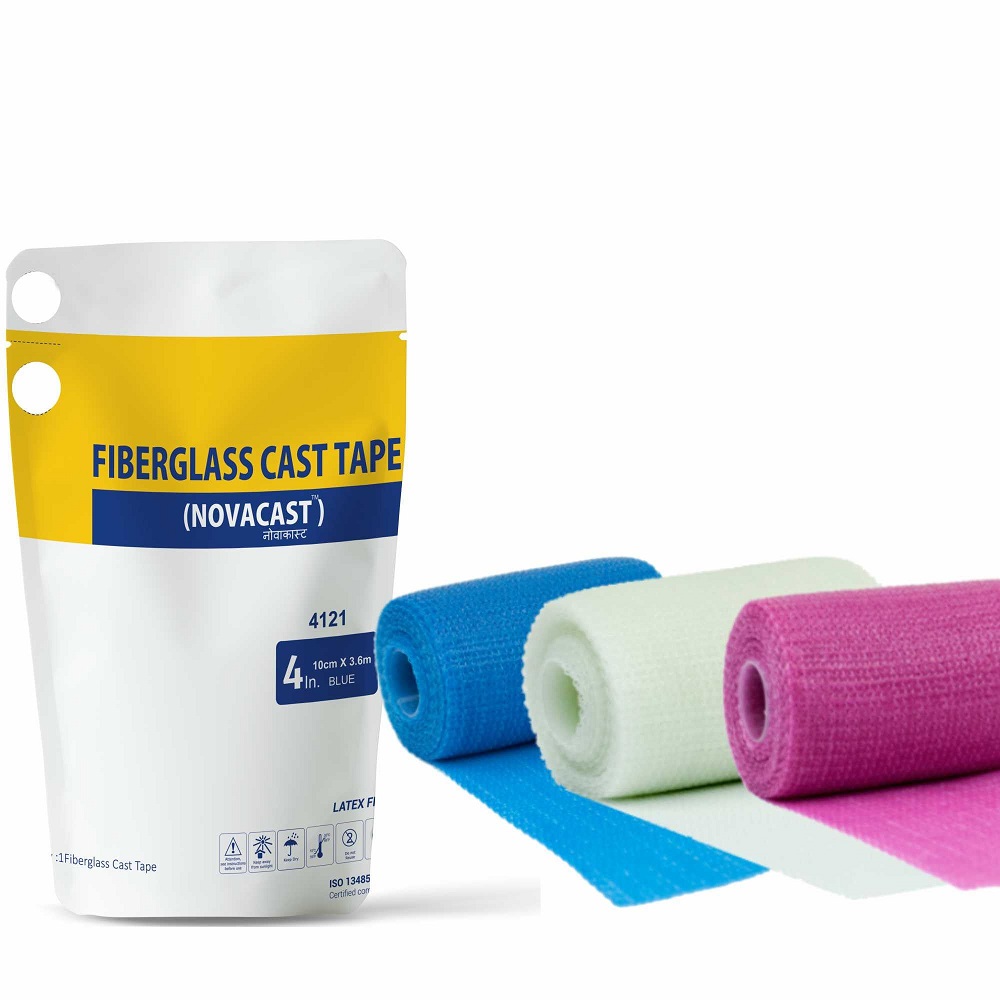Prepare Your Work Area
Creating detailed face casts can be a messy affair, so prepping your workspace is key. Lay down a drop cloth or cover any nearby items with plastic sheets or newspapers to shield them from spills. Having a clean and well-organized area will make the whole process smoother and more enjoyable.
Gather Necessary Materials
To start, you’ll need some essential items. These include alginate – a dental-grade impression material, plaster bandages, mixing cups, a bucket, paper towels, and a calm and willing subject. Collect everything before you begin to avoid last-minute scrambles for missing components.
Protect Surfaces from Mess
Cover all work surfaces with protective material. Spills will happen, and it’s easier to prevent stains than to clean them up later. Make sure there’s nothing around that alginate or plaster could ruin, and keep extra cleaning supplies handy, just in case.
Prepare the Castee
Before diving into the casting process, it’s crucial to make sure your subject (the “castee”) is ready and comfortable. Providing a seat that supports a relaxed posture will lessen any discomfort during the session.
Comfortable Seating
Find a chair with good back support where the castee can sit still for around 45 minutes. Metal or plastic chairs are ideal as they’re easy to clean. You can also lay a protective sheet over a cushioned seat
Clothing Considerations
The castee should wear an old T-shirt as alginate and plaster might get on it, and these materials can be challenging to wash out. Remind them it might end up being a throwaway shirt.
Optional: Vaseline on Hairlines
Apply vaseline along the hairline, eyebrows, and any facial hair. This can help prevent alginate from sticking to those areas. It’s not a foolproof method but can make cleanup a tad easier.

Mix the Alginate
Mixing alginate properly is crucial for a detailed face cast. Start by measuring equal parts of alginate powder and cool water. You’ll need about 350 ml of each for a full face mold. Fluff the alginate powder with your hands, breaking up any clumps to help it blend smoothly.
Measure Alginate and Water Accurately
Accurate measurements ensure the right consistency. Use measuring cups to get precise quantities. If you need to err on one side, add a bit more alginate than water for a firmer mix.
Mix Quickly and Thoroughly
Time is of the essence once alginate contacts water. Mix swiftly with your hands, crushing any lumps to create a uniform paste. Aim to complete mixing in under 10 minutes to avoid premature setting during application.
Apply Alginate to the Face
To create an accurate face cast, it’s important to apply the alginate mixture properly. Begin by daubing the alginate onto the castee’s face. The alginate tends to slide, so continuously scoop and reapply it upwards, especially around the more intricate areas such as the cheekbones and chin.
Ensure Nostrils Remain Open
One of the most critical aspects of this process is ensuring that the castee can breathe comfortably through the procedure. Pay special attention to the nose area; while you need a good layer around and under the nose, guarantee that the nostrils are not blocked—your castee’s comfort and safety depend on it.
Apply Evenly on Face
Strive for even coverage when applying alginate to avoid thick and thin spots, which could lead to an imperfect cast. Work methodically from one side of the face to the other, ensuring every feature is well-coated. Remember, maintaining an even thickness across the cast will result in the best end-product detail.

Strengthen with Plaster Bandages
To ensure your face cast retains its shape and detail, it’s important to reinforce the alginate layer. Plaster bandages will add the necessary rigidity.
Cut Plaster Bandages to Size
Before you begin applying the alginate, prepare plaster bandages by cutting them into strips. These should be about one to two inches wide and three to four inches long. For detailed areas like the nostrils, create smaller strips.
Apply Bandages Over Alginate
Once the alginate is on the face and still tacky, start layering your pre-cut plaster bandages over it. Dip each strip in water to activate the plaster before applying. Overlap the strips for strength and cover all alginate areas. Aim for two to three layers of bandages for a sturdy mold.
Carefully work around the nose, ensuring you don’t block the nostrils. The alginate should be visible through the plaster. Allow the bandages to set fully, forming a hard shell, before attempting to remove the mold from the castee’s face.
Remove the Mold Carefully
Careful removal of the mold ensures the integrity of the face cast.
Loosen Edges Gently
Gently ease your fingers under the edges of the plaster mold. Take care not to pull too hard to avoid distorting the details of the cast.
Maintain Nostril Openings
Ensure the nostril openings remain clear. If plaster obstructs them, carefully remove or reshape the material. This step is crucial for the castee’s comfort and the mold’s accuracy.

Patch and Repair Holes
To achieve a flawless face cast, addressing any imperfections or holes in the alginate mold is necessary.
Prepare Additional Alginate
Begin by mixing a small amount of alginate—often just a teaspoon or so will suffice. Aim for a consistency that’s easy to apply but won’t drip or sag.
Fix Nostrils and Imperfections
Carefully apply the fresh alginate mix to patch any holes or thin areas. Focus on the nostrils, ensuring they remain clear for breathing while shaping the material to mimic natural contours. Smooth out any bumps or irregularities elsewhere to restore detail.
Prepare for Plaster Casting
Creating a solid and detailed face cast requires careful preparation and execution of the plaster casting process. Here’s how to get started.
Mix Plaster According to Instructions
Begin by reading the plaster package instructions thoroughly to understand the proper mixing ratios. Typically, you will mix the plaster powder with water, but the specific amounts can vary. Aim for a smooth, lump-free consistency, which ensures a more detailed and cleaner cast.
Estimate Required Amount of Plaster
To avoid waste and ensure you have enough plaster, estimate the volume of your mold. You can do this by comparing the mold’s size to a known volume or using a water displacement method. Prepare slightly more plaster than estimated to account for any potential errors and ensure complete coverage of the alginate mold. This prevents the necessity for a rushed second mixing if you initially fall short.
Pour and Set the Plaster Cast
Pour the plaster slowly to keep out air bubbles. Take your time.
Pour Slowly to Avoid Air Bubbles
Start by filling the mold’s lowest parts and tip it to cover sides evenly.
Allow Plaster to Cure Completely
Wait for the plaster to warm up, then cool down, signaling it’s fully set.
Demold the Finished Cast
Once the plaster cast has fully set, it’s time for the reveal. The mold’s warmth, followed by cooling to room temperature, indicates that the plaster has cured and is ready for demolding.
Wait for Proper Curing Time
Check the plaster for warmth to know the curing process is underway. After it cools down to room temperature, it’s safe to proceed.
Remove Cast from Mold Safely
Carefully work around the mold edge, release it gently from the face. Ensure nostril areas stay intact for a clean removal.
Cleanup and Dispose of Materials
Clean up any remaining alginate or plaster promptly to prevent drying.
Proper Cleanup of Alginate and Plaster
Wipe down surfaces and wash tools right after use. Letting materials set can make cleanup tougher.
Safe Disposal to Prevent Clogging
Don’t pour leftover materials down the drain. Instead, allow them to harden, discard solid waste properly, and avoid plumbing issues.